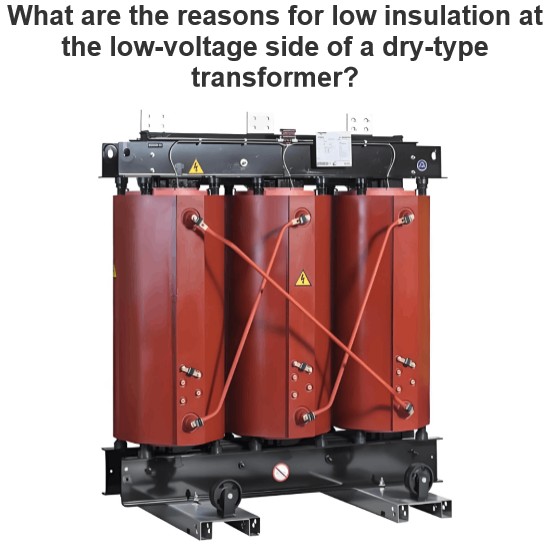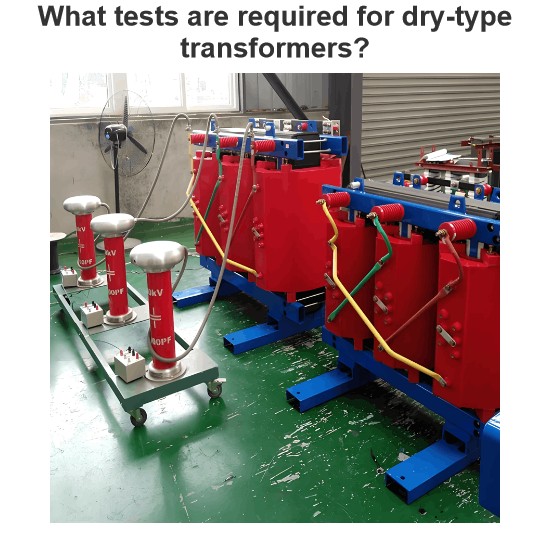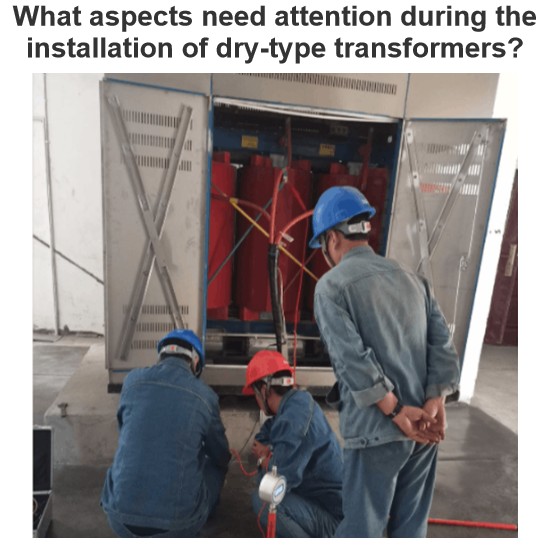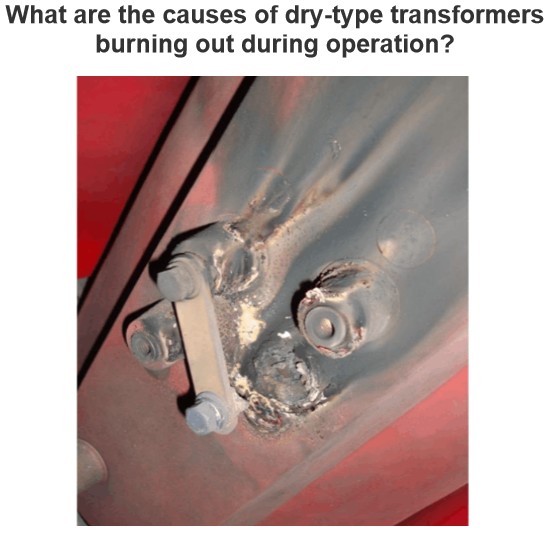What is the result of connecting three phase transformers in parallel?
Results of Parallel Operation of Three-Phase Transformers
Parallel operation of two or more three-phase transformers is a common configuration in power systems, aimed at increasing system capacity, reliability, and flexibility. However, transformers must meet certain conditions to ensure safe, stable, and efficient parallel operation. Below are the results of parallel operation of three-phase transformers and related considerations.
1. Conditions for Parallel Operation
To ensure that three-phase transformers can operate safely in parallel, the following conditions must be met:
Equal Rated Voltages: The rated voltages on both the high-voltage and low-voltage sides of the transformers must be identical. If the voltages do not match, it can lead to unbalanced currents or overloading.
Same Turns Ratio: The turns ratio (the ratio of the high-voltage side to the low-voltage side) of the transformers must be the same. If the ratios differ, it will result in inconsistent secondary voltages, causing circulating current, increased losses, and reduced efficiency.
Identical Connection Groups: The connection types (such as Y/Δ, Δ/Y, etc.) of the three-phase transformers must be the same. Different connection groups can cause phase differences, leading to circulating currents or uneven power distribution.
Similar Short-Circuit Impedance: The short-circuit impedance of the parallel-operating transformers should be as close as possible. If there is a significant difference in short-circuit impedance, the load distribution will be uneven, potentially causing one transformer to become overloaded while another remains underloaded.
Same Frequency: The transformers must operate at the same frequency. This is typically ensured by connecting them to the same power grid.
2. Results of Parallel Operation
a. Increased Capacity
Total Capacity: When multiple transformers are operated in parallel, the total system capacity is the sum of the individual transformer capacities. For example, two 500 kVA transformers operating in parallel provide a total capacity of 1000 kVA. This allows the system to handle larger load demands.
b. Load Distribution
Ideal Load Distribution: In an ideal scenario, where all parallel-operating transformers meet the above conditions (especially having similar short-circuit impedance), the load will be evenly distributed among the transformers. Each transformer will carry an equal share of the load current, ensuring stable system operation.
Non-Ideal Load Distribution: If the short-circuit impedances of the transformers differ, the load distribution will be uneven. Transformers with lower short-circuit impedance will carry more of the load, while those with higher impedance will carry less. This uneven distribution can lead to some transformers becoming overloaded, affecting system reliability and lifespan.
c. Circulating Currents
Generation of Circulating Currents: If the parallel-operating transformers do not meet the above conditions (such as different turns ratios, connection groups, or short-circuit impedance), circulating currents may occur between the transformers. Circulating current refers to the flow of current between transformers in the absence of external loads. Circulating currents increase system losses and can cause transformers to overheat, reducing their lifespan.
Impact of Circulating Currents: The presence of circulating currents reduces the effective output capacity of the transformers because part of the current is used for internal circulation rather than supplying the load. Additionally, circulating currents can cause the transformers to heat up, increasing the risk of failure.
d. Improved Reliability
Redundancy: Parallel operation of transformers provides redundancy. If one transformer fails or requires maintenance, the others can continue to supply power, ensuring continuous system operation. This enhances the overall reliability and availability of the power system.
e. Cost Efficiency
Flexible Expansion: By operating in parallel, the system's capacity can be increased incrementally without replacing existing transformers. This is a cost-effective solution for gradually expanding power systems.
Backup Capacity: Parallel-operating transformers can provide backup capacity. Under normal conditions, all transformers share the load, but if one transformer fails, the others can temporarily handle the additional load, avoiding system interruption.
3. Considerations for Parallel Operation
a. Protective Devices
Differential Protection: To prevent circulating currents or other abnormal conditions during parallel operation, differential protection devices are typically installed. Differential protection detects differences in current between the transformers and can quickly isolate a faulty transformer to protect the system.
b. Monitoring and Control
Load Monitoring: Parallel-operating transformers should be equipped with load monitoring equipment to continuously track the load on each transformer, ensuring even load distribution. If uneven loading is detected, adjustments should be made promptly.
Temperature Monitoring: Since parallel operation can lead to some transformers becoming overloaded, it is important to monitor the temperature of the transformers to prevent overheating and damage.
c. Maintenance and Inspection
Regular Checks: Parallel-operating transformers should undergo regular inspections and maintenance to ensure optimal performance. Particular attention should be paid to checking the short-circuit impedance, connection groups, and other parameters to ensure they remain consistent for parallel operation.
Fault Isolation: If one transformer fails, it should be immediately isolated from the system to avoid affecting the operation of the other transformers.
4. Summary
Parallel operation of three-phase transformers can significantly increase system capacity, reliability, and flexibility, but strict conditions must be met, such as equal rated voltages, turns ratios, connection groups, and short-circuit impedance. If these conditions are satisfied, the load will be evenly distributed among the transformers, and the system will operate stably. However, if these conditions are not met, issues such as circulating currents and uneven load distribution can arise, impacting system efficiency and safety.
Parallel operation also provides redundancy, allowing the system to continue operating even if one transformer fails, and offers a cost-effective solution for gradual system expansion.
The Electricity Encyclopedia is dedicated to accelerating the dissemination and application of electricity knowledge and adding impetus to the development and innovation of the electricity industry.













